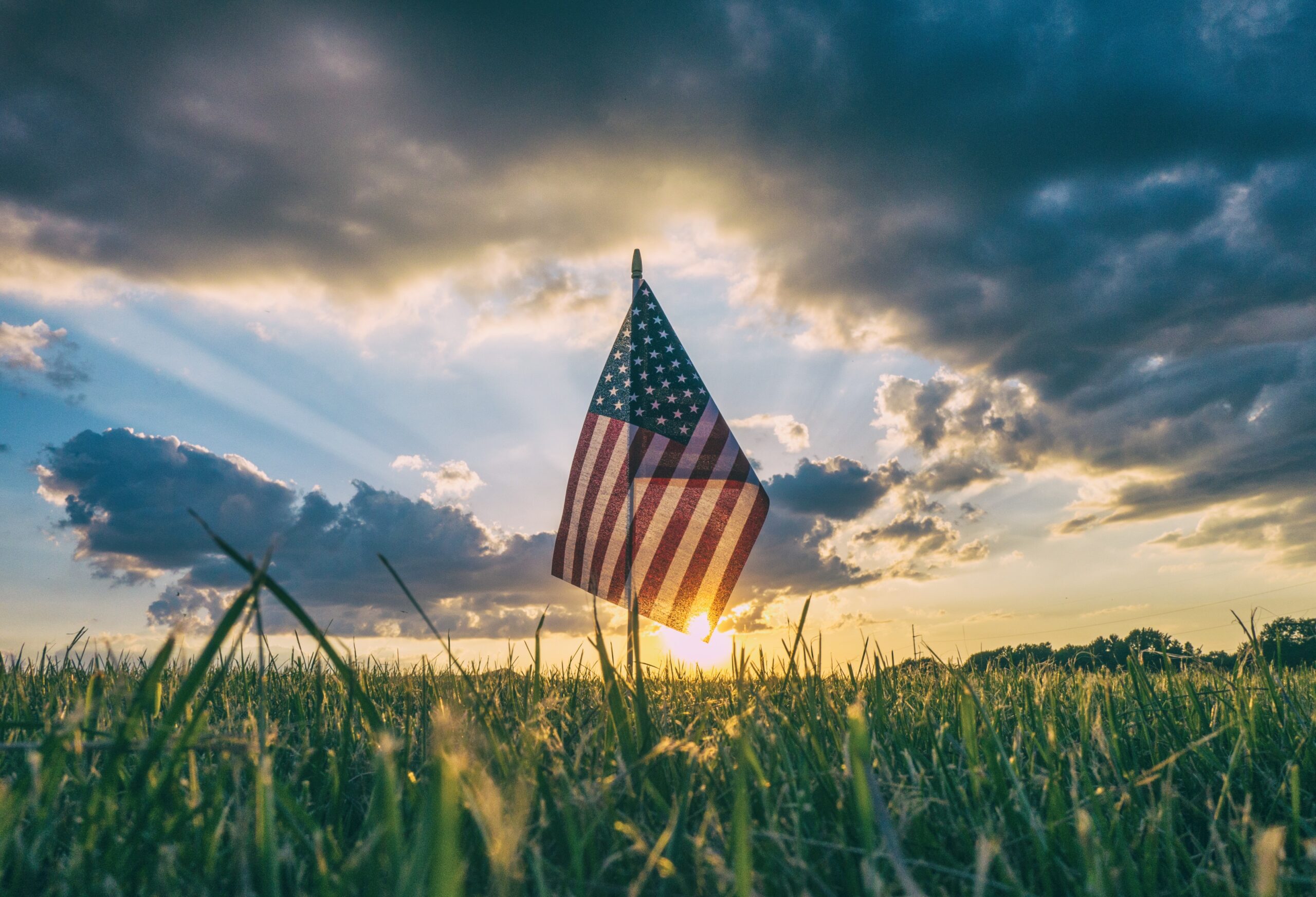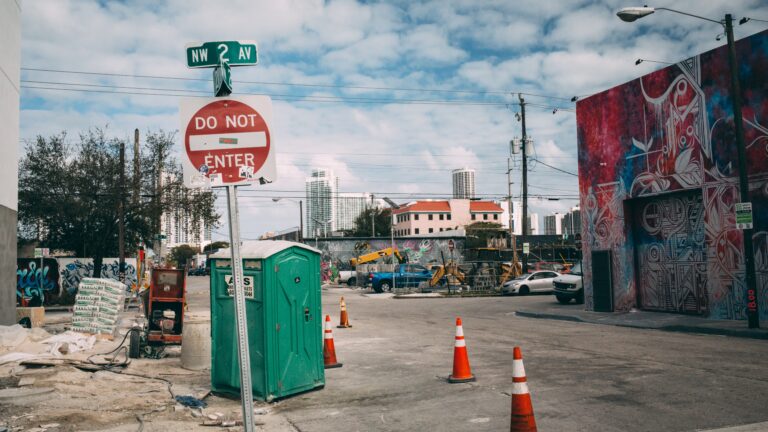Labor Day, observed on the first Monday of September, serves as a tribute to the contributions and resilience of workers in the United States. While the holiday may now be synonymous with barbecues, end-of-summer celebrations, and big sales events, its origins trace back to the labor union movement and the struggles for workers’ rights. Let’s delve into the history and significance of this important day.
The Beginnings of Labor Day
The 19th century was a time of significant industrialization in the United States. With it came both progress and problems. Factories employed thousands, but workers often found themselves laboring in harsh conditions for meager pay. Shifts could last up to 12 hours, six days a week, and many workers, including children, were subjected to unsafe environments.
Against this backdrop, labor unions began to form, rallying for better wages, reasonable hours, and safer working conditions. The labor movement’s strength grew, and with it, the idea to set aside a day to celebrate workers’ achievements.
Who Founded Labor Day?
There’s some debate over who first proposed the holiday. Two figures are commonly credited:
- Peter J. McGuire – A co-founder of the American Federation of Labor, McGuire is said to have suggested a day dedicated to those “who from rude nature have delved and carved all the grandeur we behold.”
- Matthew Maguire – Serving as a secretary for the Central Labor Union in New York, some believe it was Maguire who first proposed the holiday in 1882.
Regardless of who was the true founder, the first Labor Day celebration was held on September 5, 1882, in New York City. It began with a parade of 10,000 workers who marched from City Hall to Union Square.
The Road to Becoming a National Holiday
The idea of dedicating a day to workers was popular and quickly spread. By 1885, various cities had adopted the holiday, and states began to officially recognize it. However, it wasn’t until a pivotal event in 1894 that the push for a national holiday gained significant momentum.
The Pullman Strike of 1894 was a nationwide railroad strike against the Pullman Company. The conflict between laborers and the company grew violent, and federal troops were called in, leading to the deaths of several workers. In an effort to appease the outraged public and labor unions, Congress passed an act making Labor Day a national holiday, and President Grover Cleveland signed it into law just six days after the strike ended.
Labor Day Today
Over the years, the way we celebrate Labor Day has evolved. While parades and political speeches were more common in its early days, today the holiday is more associated with leisure, family gatherings, and, ironically, shopping sprees.
However, the essence of Labor Day remains. It serves as a yearly reminder of the struggles and achievements of workers and the importance of recognizing the backbone of our economy and society.
As we enjoy the last days of summer this Labor Day, let’s remember to honor and appreciate the hard work, dedication, and sacrifices made by millions of workers throughout history and in our present day.





 GOOGL
GOOGL  META
META
Leave a Comment